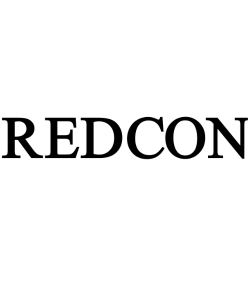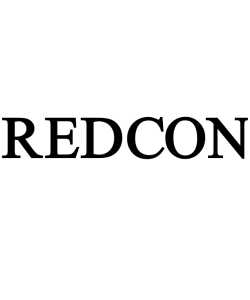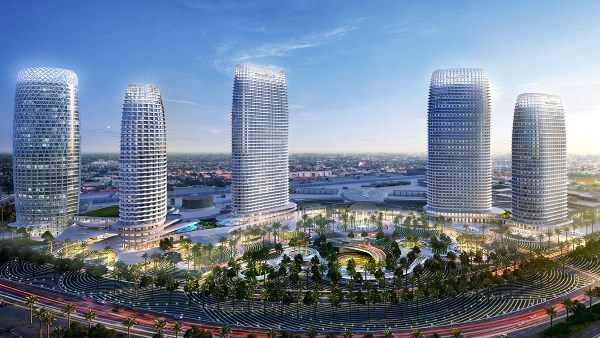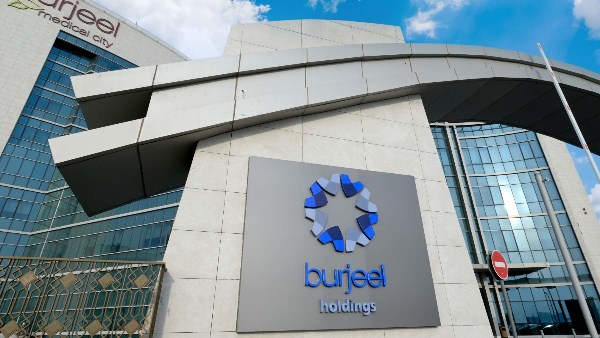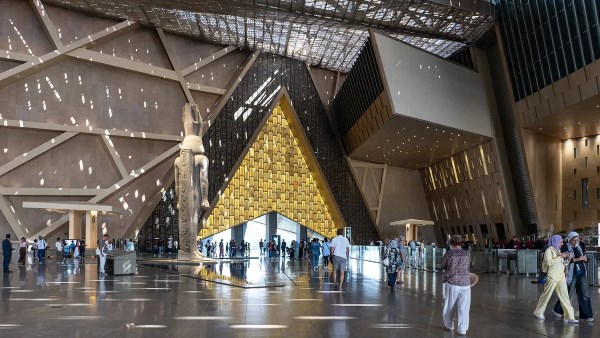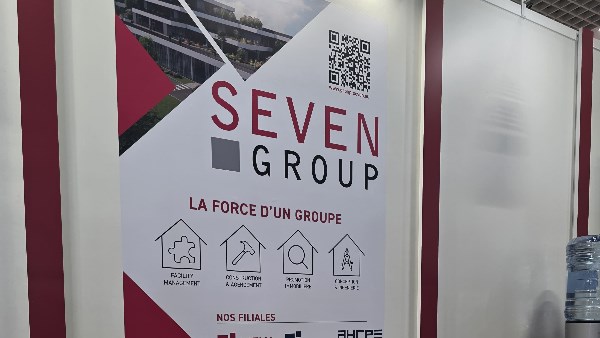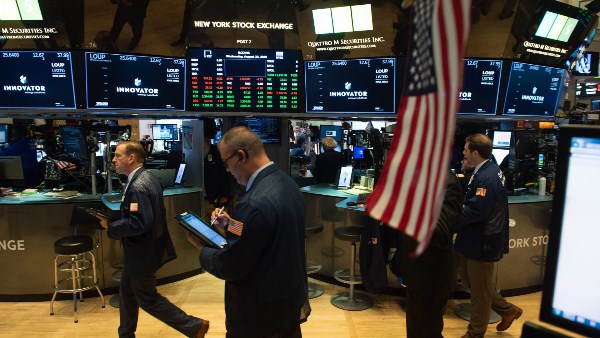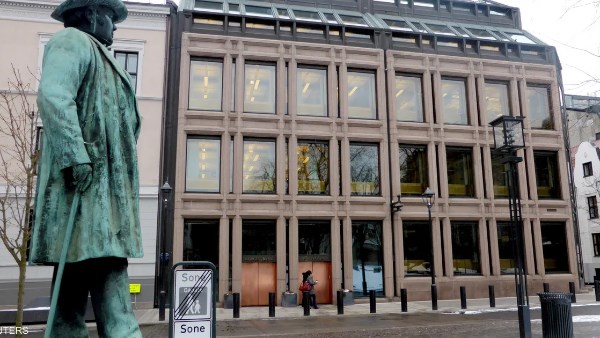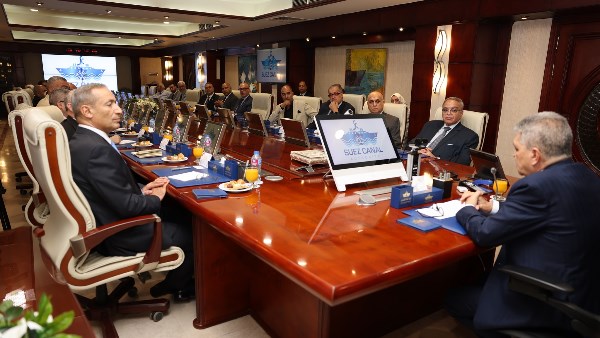
Temperatures will hover around 45C
In a warming world، 10 air-conditioners are sold every second

Summer in India has always been hot. Increasingly، it’s testing the limits of human survival. As temperatures have climbed across the world’s most populous nation in recent weeks، more than a dozen people diedat an event in central India and thousands crowded hospitals with heatstroke symptoms.Hundreds of schools wereclosedand the mercury is still rising: Temperatures will hover around 45C (113F)across the northern plainsthis weekend.
Demand for air conditioners is surging
The most immediate fix is mercifullyaffordable، at least in the short-term. Demand for air conditioners is surging in markets where both incomes and temperatures are rising، populous places like India، China، Indonesia and the Philippines. By one estimate، the world will add 1 billion ACs before the end of the decade.The market is projected to nearly doublebefore 2040. That’s good for measures of public health and economic productivity; it’s unquestionably bad for the climate، and a global agreement to phase out the most harmful coolants could keep the appliances out of reach of many of the people who need them most.
The logic behind the AC boom is simple. Economists note a spike in sales when annual household incomes near $10،000، a tipping pointmany of the world’s hottest places touched recently or will soon. The Philippines passed the $10،000 threshold roughly last year; Indonesia within the last decade.In India، where more than 80% of the population doesn’t yet have access to air conditioning، per capita gross domestic product —adjusted for purchasing power —will top $9،000 this year for the first time.
A limitless opportunity
“We are operating in a limitless opportunity،” said Kanwaljeet Jawa، who heads the India wing of Daikin Industries Ltd، the world’s largest ACmanufacturer. In recent years، he said، “our sales have grown more than 15 times.”
This development has far-reaching consequences for public health، wellbeing and economic growth. Purchasing an AC is a pivot away from poverty for individuals and for their communities. People in hotter countries، which also tend to be poorer ones، suffer from worse sleep and impaired cognitive performance، both of which drag on productivity and output.
In a study looking at thousands of Indian factories with different cooling arrangements، researchers found that productivity fell by around 2% for every degree Celsiusincrease. This is a big deal forPrime Minister Narendra Modi’s push to boost sluggish export numbers، lure business from China and move up the global value chain: The declines due to heat over the past 30 years may equate to roughly 1% of India’s GDP، orabout $32 billion، according to E. Somanathan، author of the report and a professor of economics at ISI Delhi.
Dangers of expanding AC coverage too quickly
But expanding AC coverage too quickly also threatens to worsen the crisis it’s responding to. Most units use a refrigerant that’s far more damaging than carbon dioxide. The nations where demand is growing fastest remaindeeply reliant on coal-fired power، and most people can only afford the cheapest، most energy-inefficient units.
If efficiency standards don’t improve، “then the planet will literally be cooked،” saidAbhas Jha، a World Bank expert on climate change based in Singapore.
Wealthier، more temperate countries have tightened regulations on ACs، requiring better energy efficiency and less-toxic coolants. That adds to the cost of units، making those kinds of measures less palatable where affordability is paramount. International climate bodies are pressuring developing countries to lower their carbon footprint، butIndia and its peers point out that they still contribute far less to global emissions than places like the US، where nine out of ten people have access to AC.
“We’re facing a situation where extraordinarily harsh conditions are being imposed on growing economies،” said José Guillermo Cedeño Laurent، an assistant professor of public health at Rutgers University in New Jersey.
In Delhi’s working-class neighborhoods، these debates are abstractions. For many، access to an AC is a matter of survival. Piyu Haldar، who works as a maid، said her shanty turns into a furnace in the summer. The tin roof gets hot enough to cookroti on it. Before sleeping، Haldar and her husband used to splash water on their bed to cool down the room.
Suffering fever from the heat
When her son was born in 2016، he suffered fevers from the heat. That was the breaking point. To afford an entry-level Voltas AC، Haldar stopped buying clothing، cut down on meals، took out a loan and doubled the number of houses she cleaned.
Haldar، 27، avoids turning on the unit during the day. But as night falls، she flips on the switch and closes the door،keeping the mosquitoes out and preserving the cool air. In a windowless bedroom decorated with teddy bears and toys، her son، Yasir، pushed his face against the AC، delighting in the “cold chilled air!”
“Relatives visit just to sit next to it،” Haldar said. “People think we’ve become very fancy.”Since purchasing the AC، she and her husband have more energy in the day، she said، and Yasir no longer falls sick from the heat.
No longer a luxury item
As more people like Haldar buy ACs، cooling companies are trying to improve energy efficiency without pricing out their biggest growth markets. Most G-20 nations، including India، use labeling systems to rate the efficiency of products، and stricter standards in the US and European Union have lowered energy use from appliances by 15% in recent years، according to BloombergNEF.
Haldar chose a three-star unit from Voltas، which cost about 27،000 rupees ($330)، or roughly 15% less than comparable higher efficiency options. Three-star units comprise about 60% of total AC sales at Godrej Appliances، one of India’s largest retailers، said business head Kamal Nandi. One way to encourage consumers to buy more efficient models، the company says، would be to lower taxes on the units to 18%، down from the 28% luxury tariff that currently applies. “The AC has become a necessity،” Nandi said. “It is no longer a luxury item.”
For cooling companies like Daikin and Haier، the growing demand for ACscould be quashed by regulation designed to slow climate change. Part of the problem will be solved if and when countries move toward cleaner sources of power. The other issue — the refrigerants that turn that electricity into cool air — is trickier.
Half a degree Celsius of warming
One of the most common coolants، hydrofluorocarbons، can have 1،000 times the warming potency of carbon dioxide. Scientists estimate that failing to drastically lower dependence on HFCs could resultin half a degree Celsius of warming by the end of the century، an enormous contribution to a rise that would triggerdeadlier storms، droughts and، yes، more heatwaves.
In 2016، more than 170 nations agreed to start phasing out HFCs beginning in 2019، with wealthy industrial countries required to make the first deep cuts. There are less environmentally harmful coolantson the market، madeby Chemours Co. and Honeywell International Inc. Daikin and Mitsubishi Electric Corporationare working on their own products.
The need for a green refrigerant
“If you don’t have a green refrigerant، you are going to be the loser،” said Jawa، the chief executive of Daikin India، which became a billion-dollar company last financial year and expects to double that number within three more.
Cooling companies are hunting for new options. Daikin’sR-32 hasapproximately one-third the global warming potential of conventional refrigerants and is cheaper than some other coolants; it’s becomecommon in appliances sold by big retailerssuch as Godrej. But it’s also a bit more flammable than older refrigerantsand، according to Prima Madan، an expert on cooling and energy efficiency at the US-based Natural Resources Defense Council، still too polluting.
The Kigali Amendment to phase out HFCsis legally binding، and though many of its goals are still far in the future، developed nations have picked up the pace. While R-32 has “helped avoid a large chunk of emissions،” Madan said، “we do need to go lower.”
As of now، though،the alternatives are oftenmore expensive. That’s prompted opposition even in wealthy countries. The US senate recently agreed to reduce HFC consumption by 85% within15 years، andthe conservative Heritage Foundation haswarned Americans to get “ready to pay a lot more for air conditioning.”
Implementing cleaner technology
ForIndia، the challenge is to implementcleaner technology before millions of new consumers purchase the dirtierACs، locking in their usefor another decade.Last year، the country logged some of its hottest weeks since 1901. Brutal heatwaves pushed temperatures to 50C(122F) on the subcontinent. The worst stretches killed hundreds of people، led to hours-long power outages and even caused a giant landfill on the outskirts of India’s capital to spontaneously combust.
Naresh Tatavet، a personal driver in Delhi، is among those who’vehadenough. This month، he bought his young family their first AC، calling it one of the biggest financial investments he’s ever made — on par with purchasing a motorbike. In his neighborhood، after somebody purchases an AC، “we bring them sweets to celebrate.”
Whatever happens in Washington، Brussels and other faraway places، Tatavet is sure of one thing: His family won’t go back. He can no longer watch his baby throw up from the heat.
“I don’t want to wake up drenched in sweat anymore،” he said.





-92025412284476.jpg)
-920252122624392.jpg)


